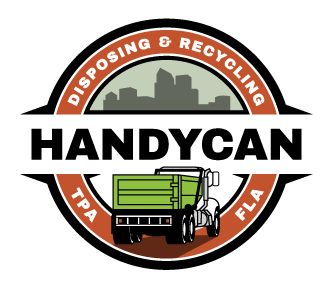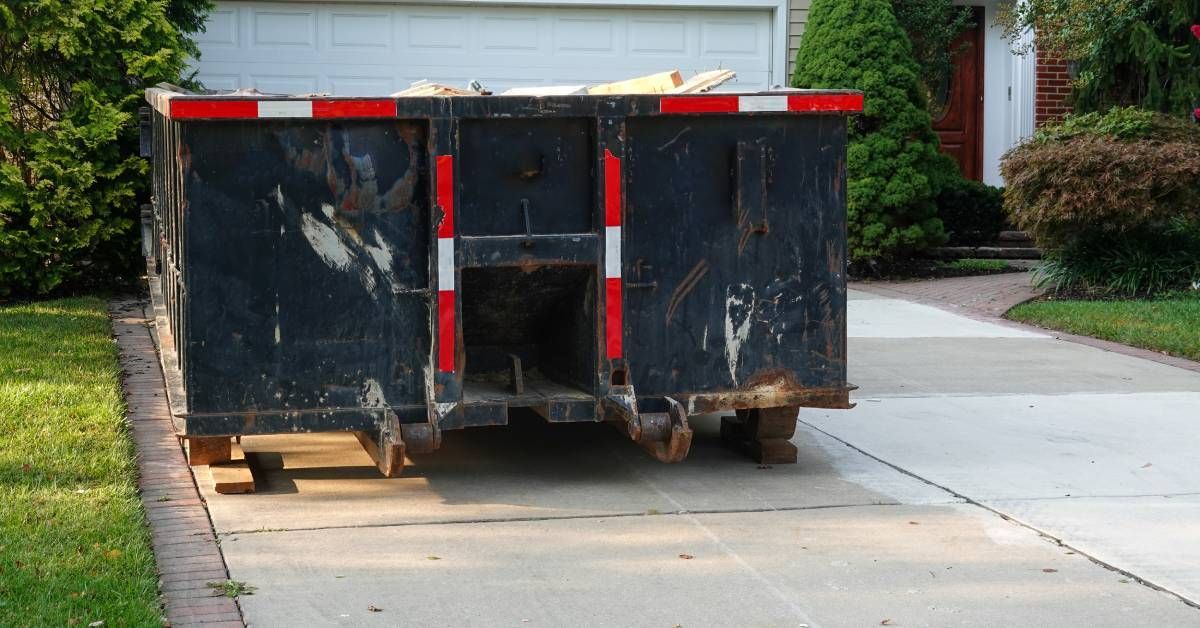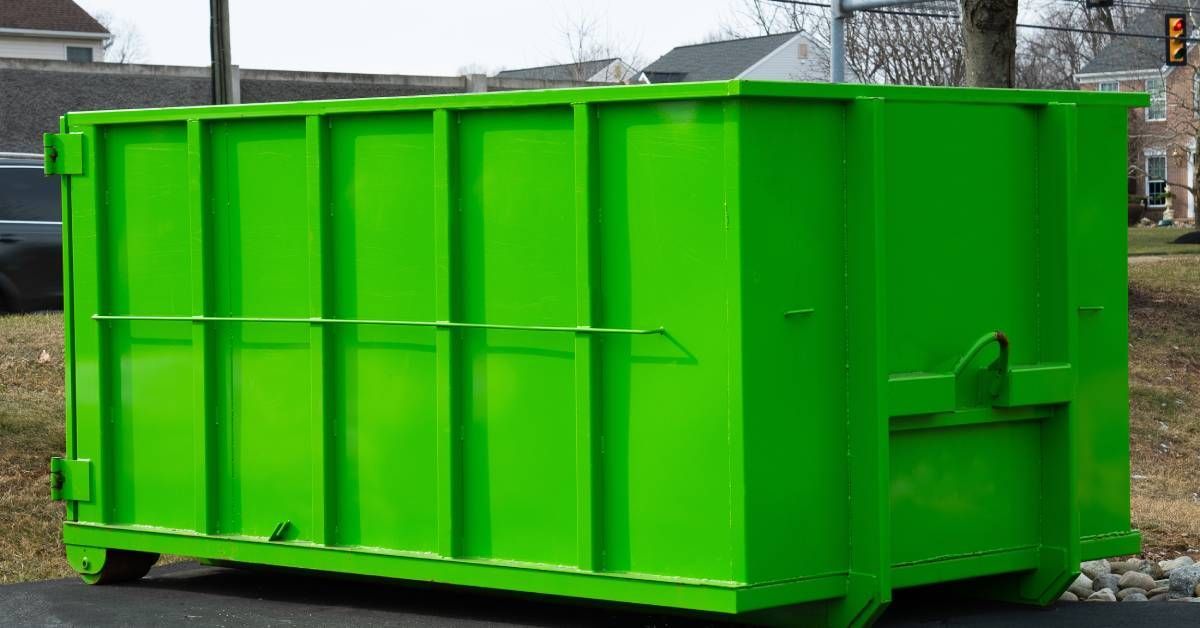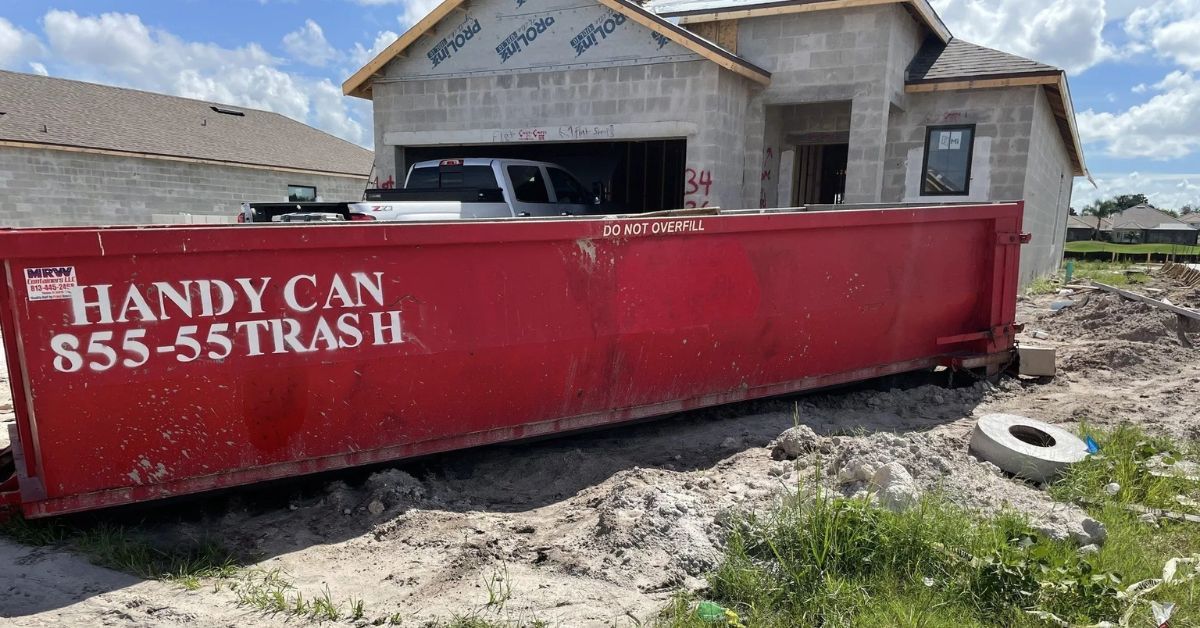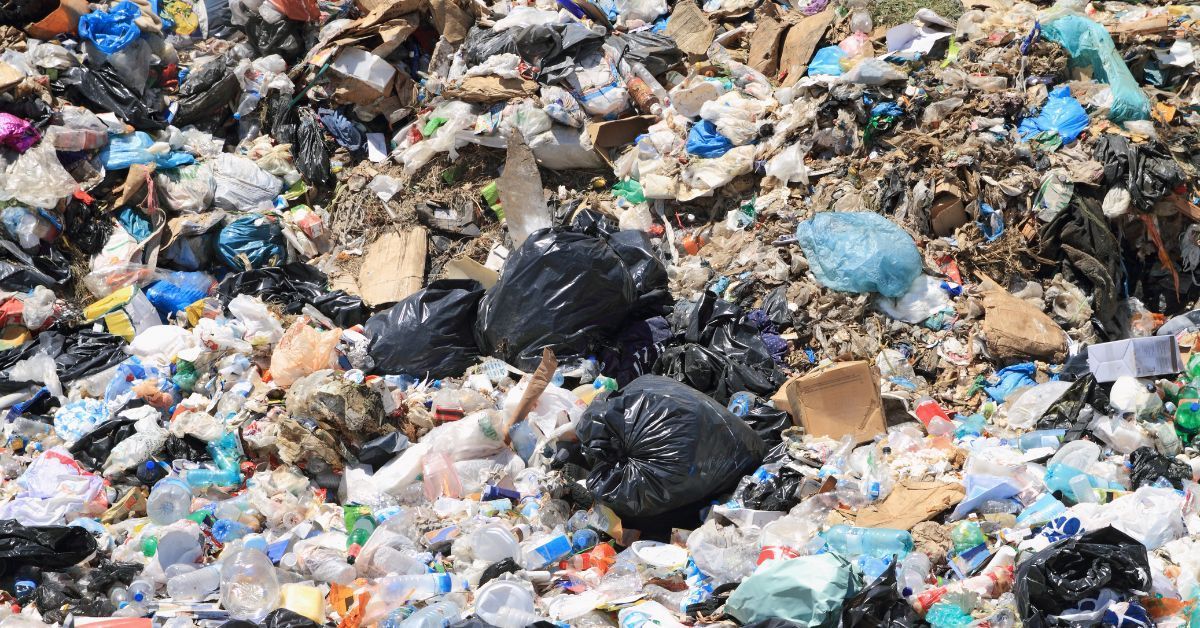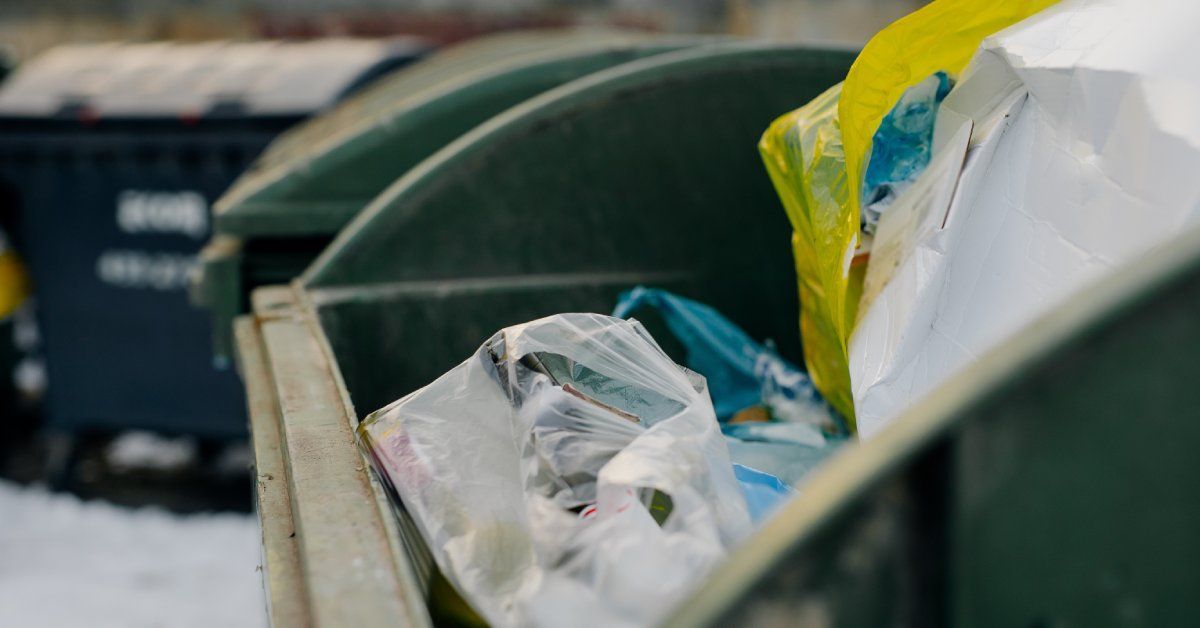8 Tips for Safely Disposing of Electronic Devices
Electronic devices are such a regular part of our daily lives. Smartphones, laptops, tablets, televisions, and even smart appliances all utilize electrical components. However, whenever these devices break down, many people just throw them away in the garbage, and that’s not a good move for the planet. Handy Can is here to give you some helpful tips for safely disposing of electronic devices that can benefit you and the environment.
Why Safe Disposal Is Important
Understanding the importance of safe disposal is the first step toward making better choices for the environment. Many electronic devices contain hazardous materials that you want to dispose of properly. A few examples of these include cadmium, lead, and mercury, which can cause serious environmental harm if you don’t properly dispose of them. These materials can contaminate soil and water, posing risks to human health and wildlife.
Improper disposal of electronics contributes to the growing problem of e-waste, which is one of the fastest-growing waste streams in the world. By safely disposing of your electronic devices, you not only protect the environment but also contribute to the reduction of e-waste, promoting a more sustainable future. On top of all of that, improper disposal could come with the risk of fines, so it’s always better to play on the safe side of disposal.
Wiping Personal Data
One of the most critical steps in disposing of electronic devices is ensuring that you wipe all personal data off them before disposal. Before you part with your old smartphone, laptop, or tablet, take the time to back up important data and then perform a factory reset. This step is crucial to protect your privacy and prevent sensitive information from falling into the wrong hands.
For devices like computers and external hard drives, consider using specialized software to securely erase data. Simply deleting files or formatting the drive may not be enough, as data recovery tools can retrieve deleted information. By thoroughly wiping your data, you can safely dispose of your device without compromising your privacy.
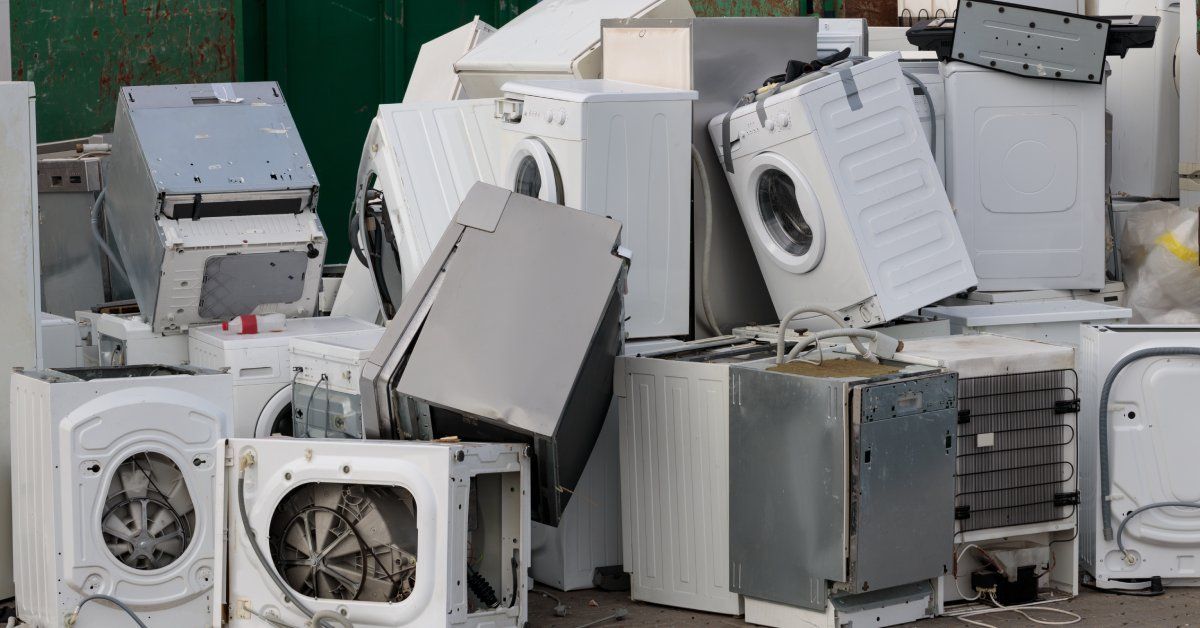
Recycling Programs and Drop-Off Locations
Recycling is one of the most effective ways to dispose of electronic devices safely. Many manufacturers or retail locations offer recycling programs. You can bring your devices to these sites, and they can properly dismantle and recycle your devices according to state or federal standards, preventing hazardous materials from polluting the environment.
One helpful tip for safely disposing of electronic devices is to check with local electronics stores or visit manufacturer websites to find out if they offer recycling services. Some communities have designated e-waste drop-off locations where you can bring your old devices for recycling. By taking advantage of these programs, you can make sure that you properly and responsibly dispose of your electronic devices.
Utilizing Dumpster Rental Services
For larger quantities of electronic devices or if you're clearing out an entire office or home, renting a dumpster can be an efficient and practical solution. Many dumpster rental services offer options specifically for electronic waste, allowing you to dispose of multiple devices at once.
When choosing a dumpster rental service, ensure that they follow environmentally friendly practices and comply with local regulations for e-waste disposal. By using a reputable service, you can have peace of mind knowing that they will properly handle and dispose of your electronics for you.
Donating and Selling
If your electronic device is still in good working condition, consider donating or selling it. Many charitable organizations accept donations of gently used electronics, which they can refurbish and give to those in need. Donating not only helps others but also extends the life of your device, keeping it out of landfills.
Selling your old electronics is another viable option. Various online platforms and local stores buy used devices, providing you with extra cash while ensuring that someone can reuse your device. Remember to wipe all personal data off your devices and perform a factory reset before passing them on to someone else.
Repair and Refurbish
Repairing or refurbishing your old devices is a great way to give them a new life. You can actually repair many devices that appear to be broken or outdated with a few simple fixes, such as replacing a battery or upgrading internal components.
Consider taking your device to a professional repair shop or utilizing manufacturer repair services. Some companies offer trade-in programs where you can exchange your old device for a discount on a new one. By taking the repair-or-refurbish route, you can reduce the demand for new products and minimize electronic waste.
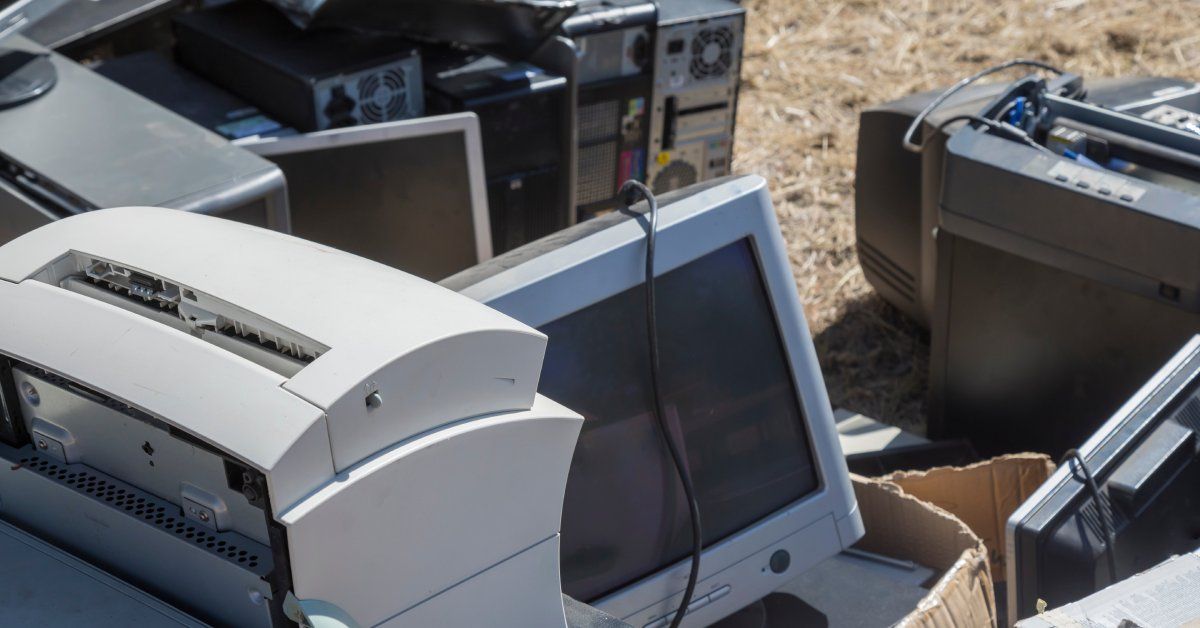
Repurposing and Upcycling
You may also choose to get creative and explore different ways to repurpose or upcycle your old electronic devices. You can transform an old smartphone into a dedicated music player or a digital photo frame. An outdated laptop can serve as a digital storage option, or you use it for specific tasks like playing old games that won’t work on modern operating systems.
Repurposing and upcycling not only extend the life of your devices but also reduce the need for buying new ones. For those looking to be creative with their machines, there are many online tutorials and guides available to help you find innovative ways to give your old electronics a new purpose.
Understanding Local Regulations
Different regions have specific regulations for electronic waste disposal, and it's important to be aware of these rules to ensure compliance. Some areas may have strict guidelines on how and where you can dispose of electronics, while others may offer convenient curbside pickup for e-waste.
Be sure to check out your local regulations and follow the prescribed methods for disposing of your electronic devices. By doing so, you contribute to the proper management of e-waste and help prevent environmental contamination.
Encouraging Responsible Consumption
While safe disposal is crucial, it's equally important to promote responsible consumption habits. Consider the environmental impact of your purchasing decisions and try to limit yourself to long-lasting products from reputable brands. Choose electronics from manufacturers that prioritize sustainability and offer recycling programs.
By making mindful choices and encouraging others to do the same, you contribute to a culture of responsible consumption. Educating friends and family about the importance of safe disposal and sustainable practices can have a ripple effect, leading to a broader positive impact on the environment.
If you're ready to take the next step in responsibly disposing of your electronic devices, consider Handy Can Disposing and Recycling for your needs. Whether you're clearing out a home, office, or garage, our efficient junk removal dumpster services can accommodate various quantities of electronic waste. To learn more about our services and see what we have to offer, contact Handy Can Disposing and Recycling today, and a member of our team will be happy to help you.

